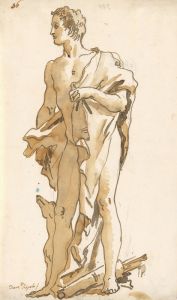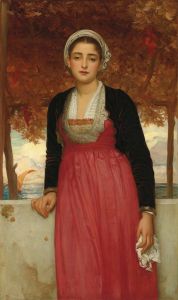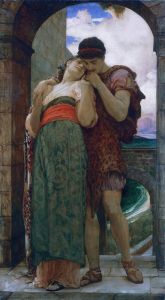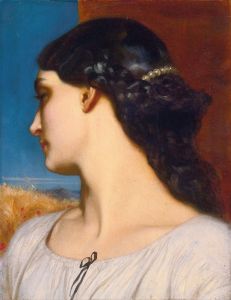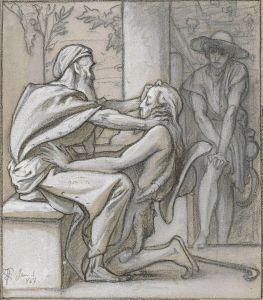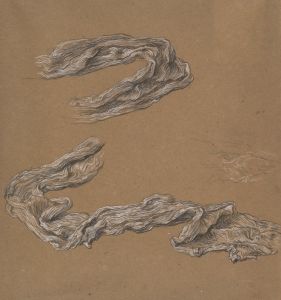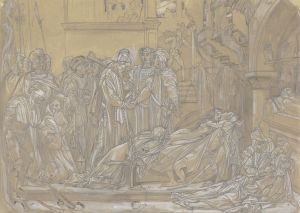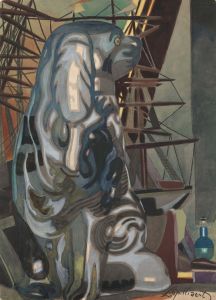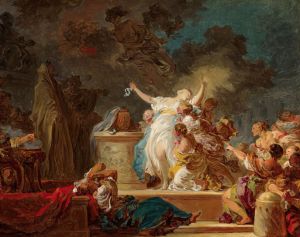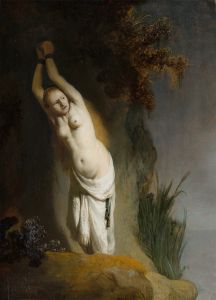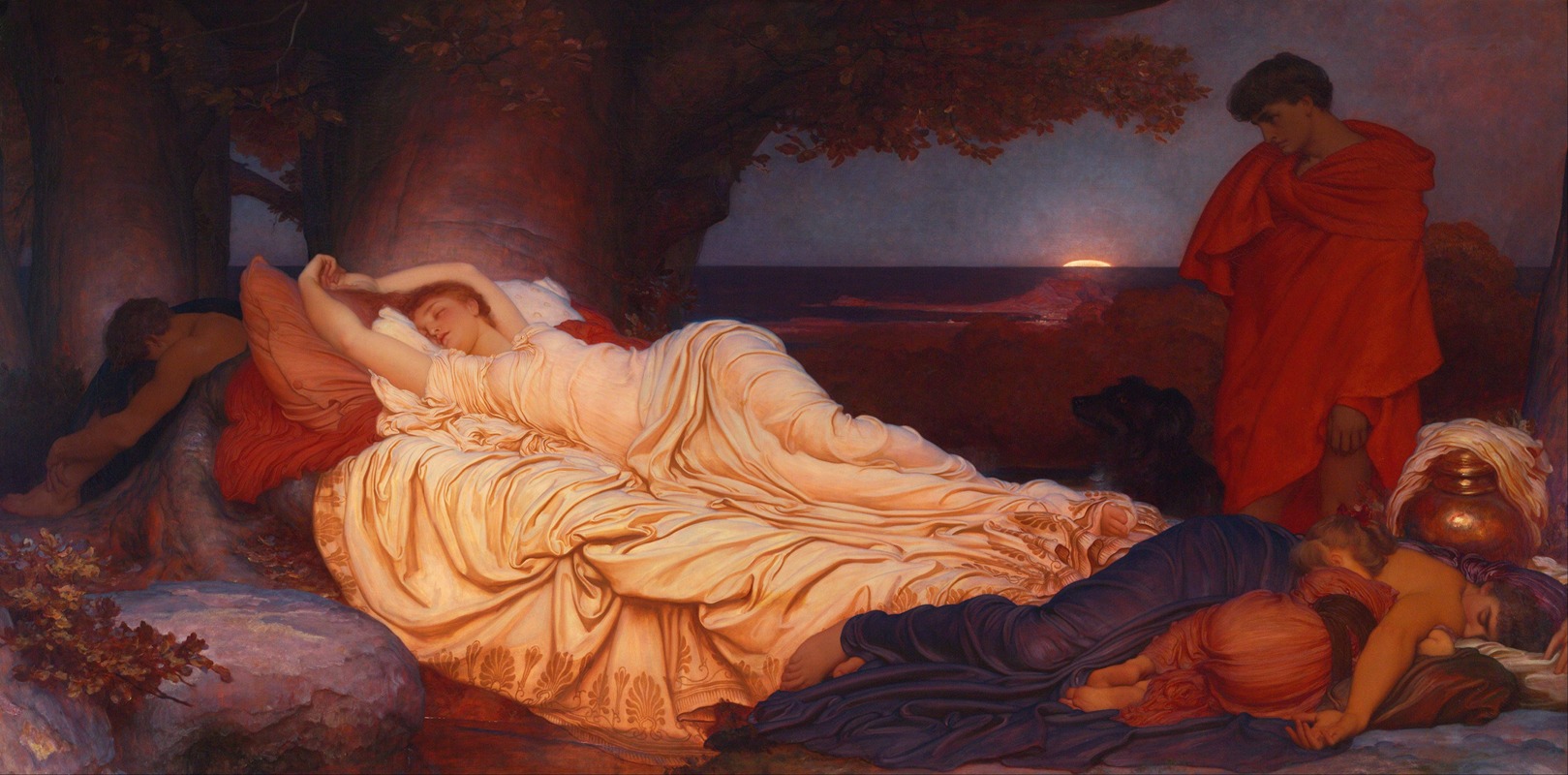
Cymon And Iphigenia
A hand-painted replica of Frederic Leighton’s masterpiece Cymon And Iphigenia, meticulously crafted by professional artists to capture the true essence of the original. Each piece is created with museum-quality canvas and rare mineral pigments, carefully painted by experienced artists with delicate brushstrokes and rich, layered colors to perfectly recreate the texture of the original artwork. Unlike machine-printed reproductions, this hand-painted version brings the painting to life, infused with the artist’s emotions and skill in every stroke. Whether for personal collection or home decoration, it instantly elevates the artistic atmosphere of any space.
Frederic Leighton, an eminent British artist of the 19th century, created the painting "Cymon and Iphigenia" in 1884. This work is a notable example of Leighton's engagement with classical themes and his mastery of the academic style, which was characterized by its attention to detail, idealized forms, and historical or mythological subject matter.
The painting draws its subject from Giovanni Boccaccio's "Decameron," a collection of novellas written in the 14th century. The story of Cymon and Iphigenia is one of transformation and love. Cymon, initially depicted as a brutish and uncultured man, undergoes a profound change upon encountering the beautiful and noble Iphigenia. Struck by her beauty as she sleeps, Cymon is inspired to better himself, ultimately becoming a refined and educated man worthy of her love. This narrative of personal transformation and the civilizing power of beauty and love is a theme that resonated with the Victorian audience of Leighton's time.
Leighton's painting captures the moment when Cymon first sees Iphigenia. The composition is carefully arranged to highlight the contrast between the two characters. Iphigenia is depicted reclining gracefully, her serene and delicate form illuminated by soft light, emphasizing her purity and beauty. Cymon, in contrast, is shown in a more rugged and shadowed manner, reflecting his initial uncultivated state. The use of light and shadow, along with the meticulous rendering of textures and forms, showcases Leighton's technical skill and his ability to convey narrative through visual means.
The painting is also notable for its use of color and composition. Leighton employs a harmonious palette that enhances the romantic and dreamlike quality of the scene. The lush landscape surrounding the figures adds to the idyllic atmosphere, creating a sense of timeless beauty that is characteristic of Leighton's work. The careful arrangement of elements within the painting guides the viewer's eye and reinforces the central theme of transformation through love and beauty.
"Cymon and Iphigenia" was exhibited at the Royal Academy in 1884, where it was well-received by both critics and the public. The painting exemplifies Leighton's dedication to the ideals of beauty and classical art, as well as his ability to infuse traditional themes with a sense of contemporary relevance. It remains an important work within Leighton's oeuvre and a testament to his status as one of the leading artists of the Victorian era.
Today, "Cymon and Iphigenia" is housed in the Art Gallery of New South Wales in Sydney, Australia. It continues to be appreciated for its artistic merit and its reflection of the cultural values of its time. The painting serves as a reminder of the enduring appeal of classical themes and the power of art to inspire personal and moral transformation.






